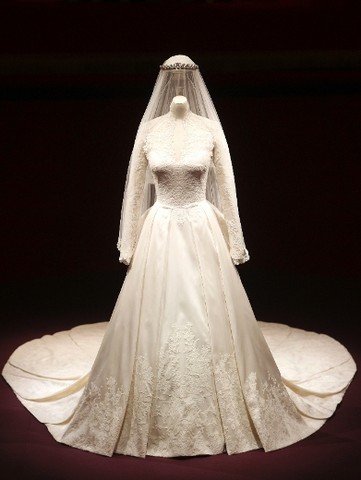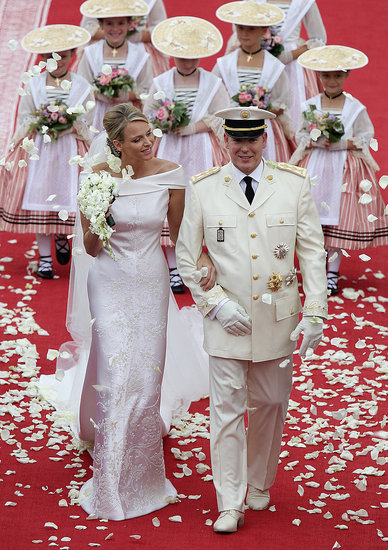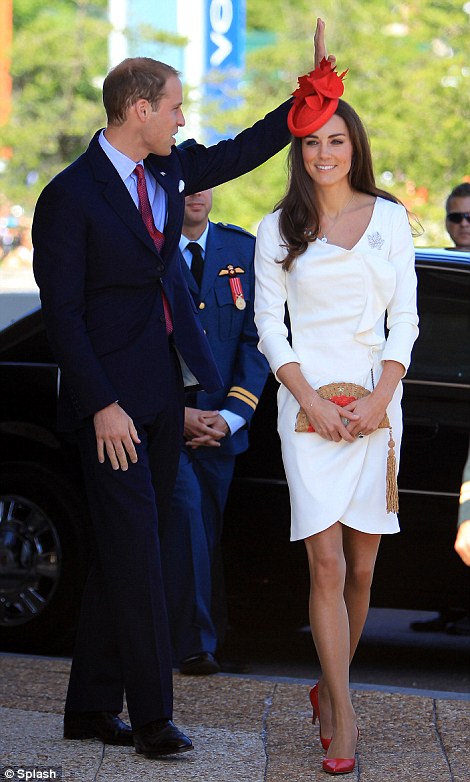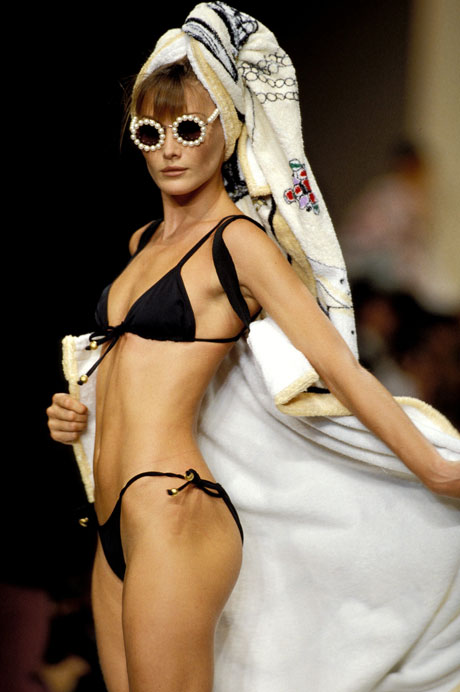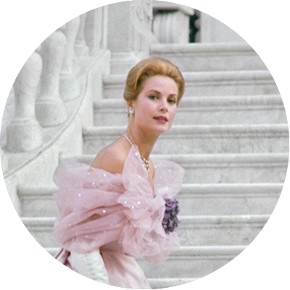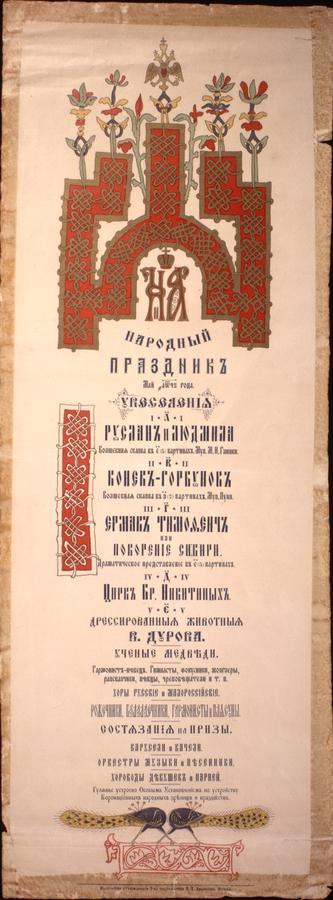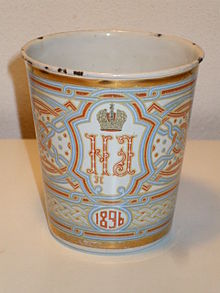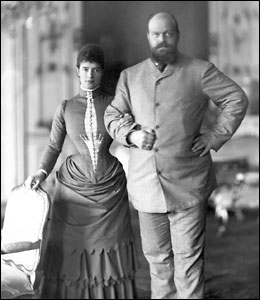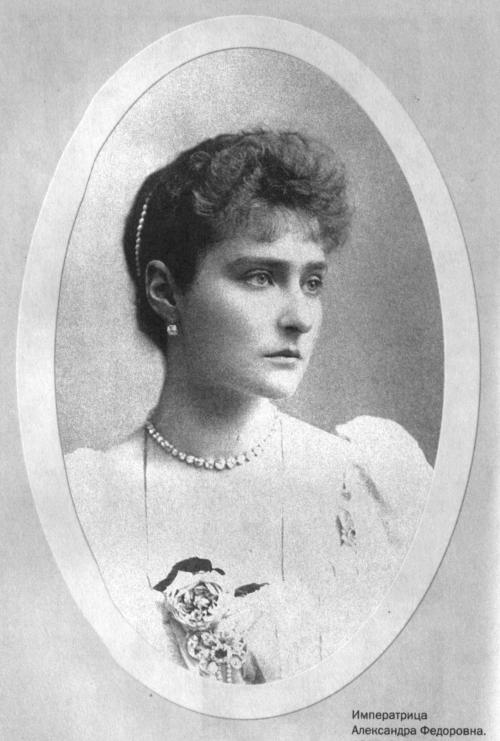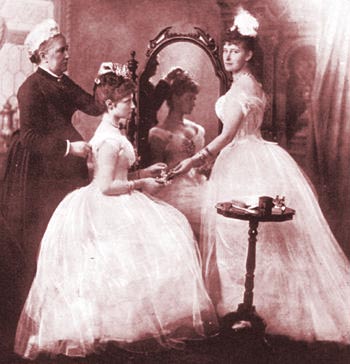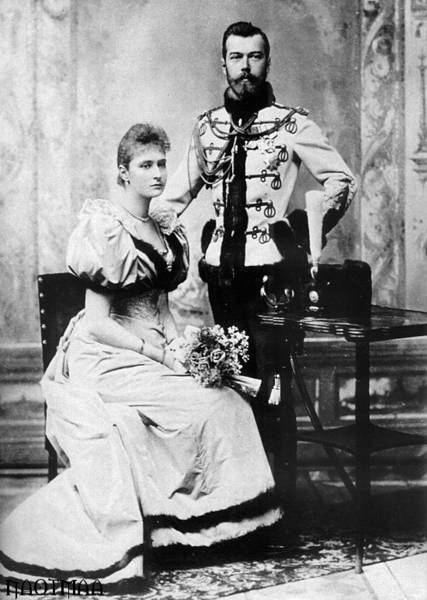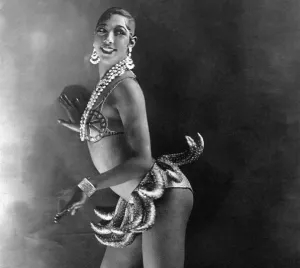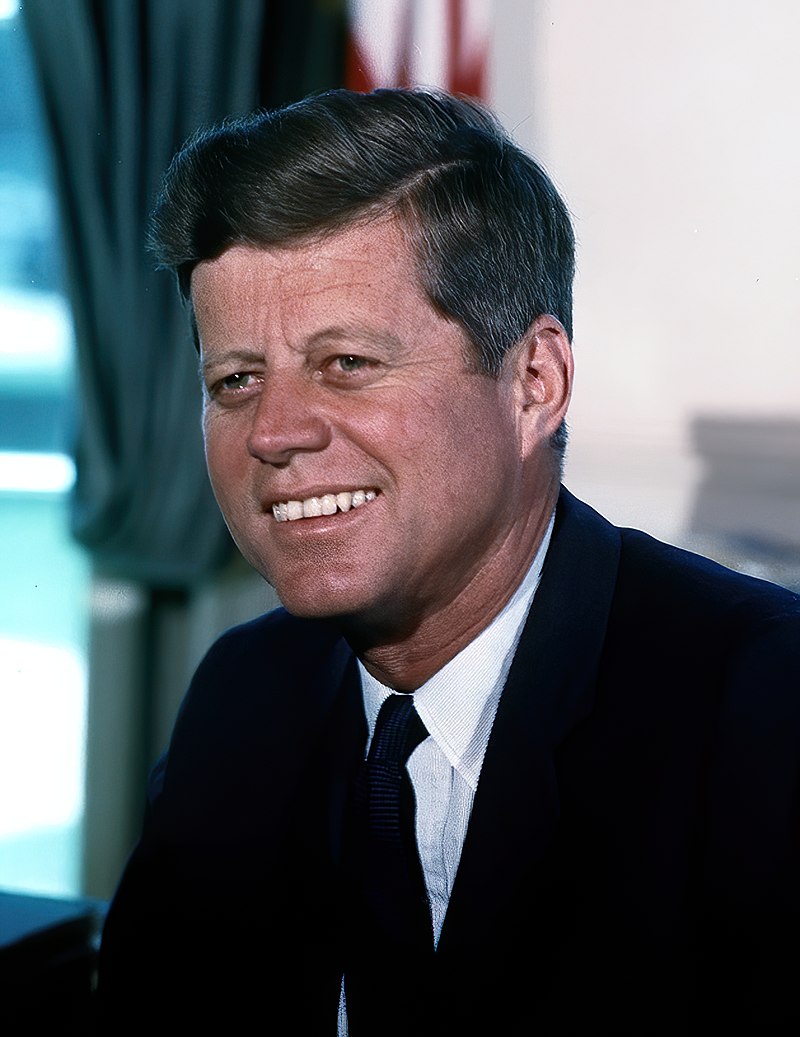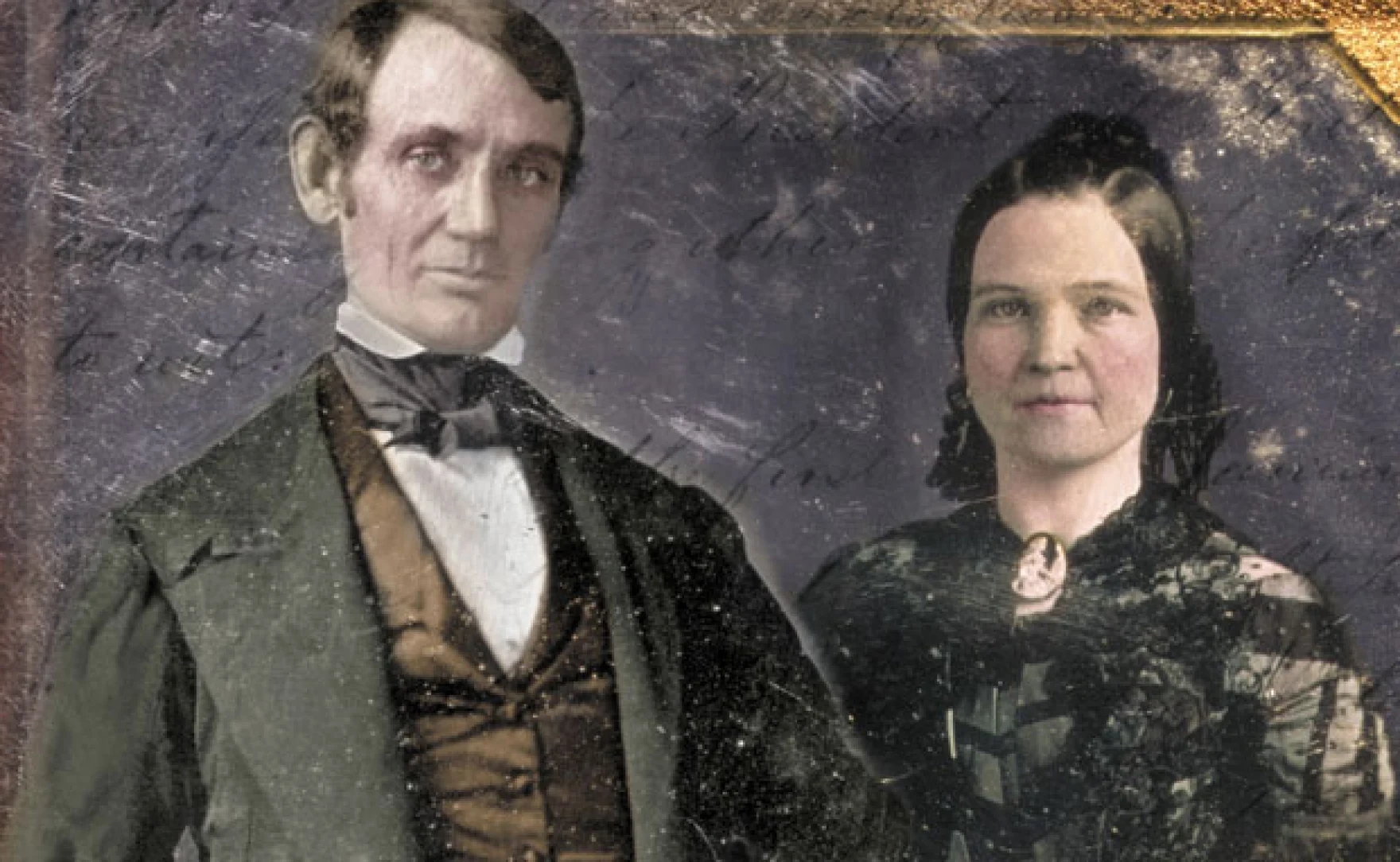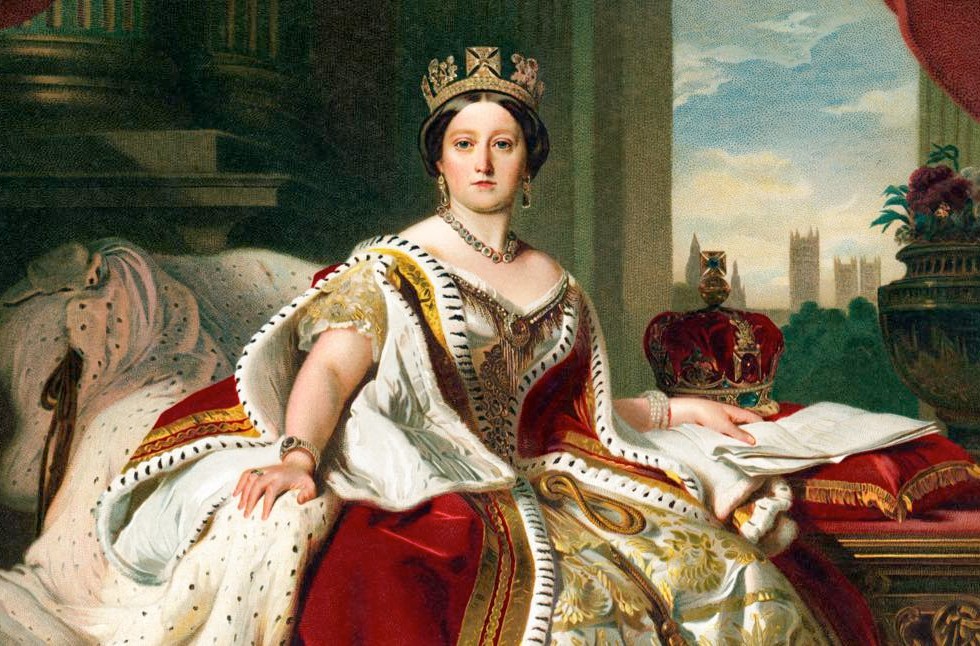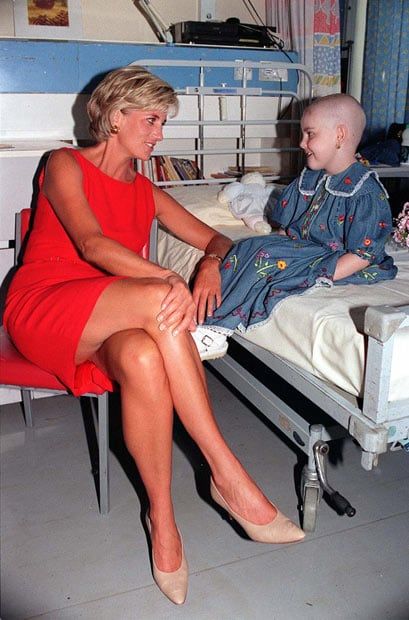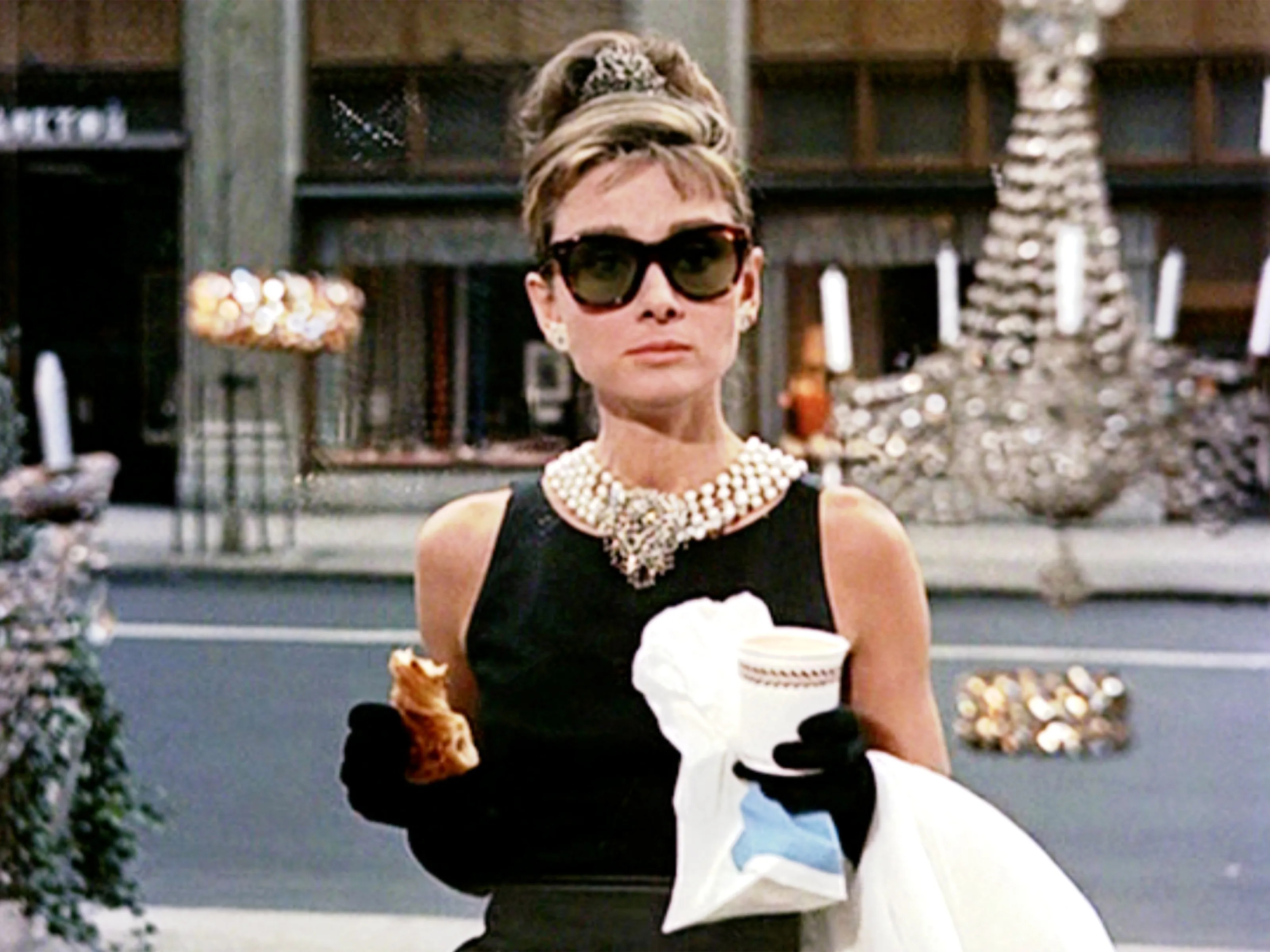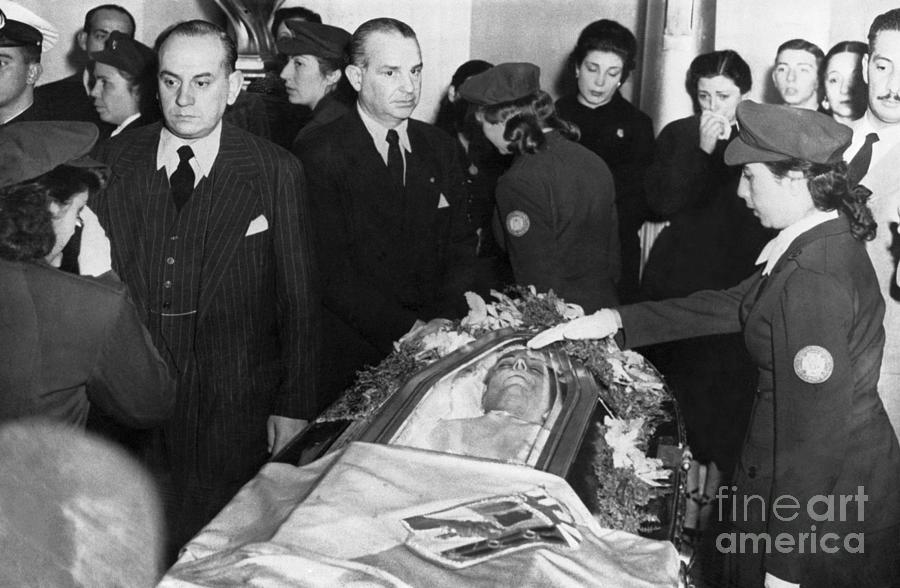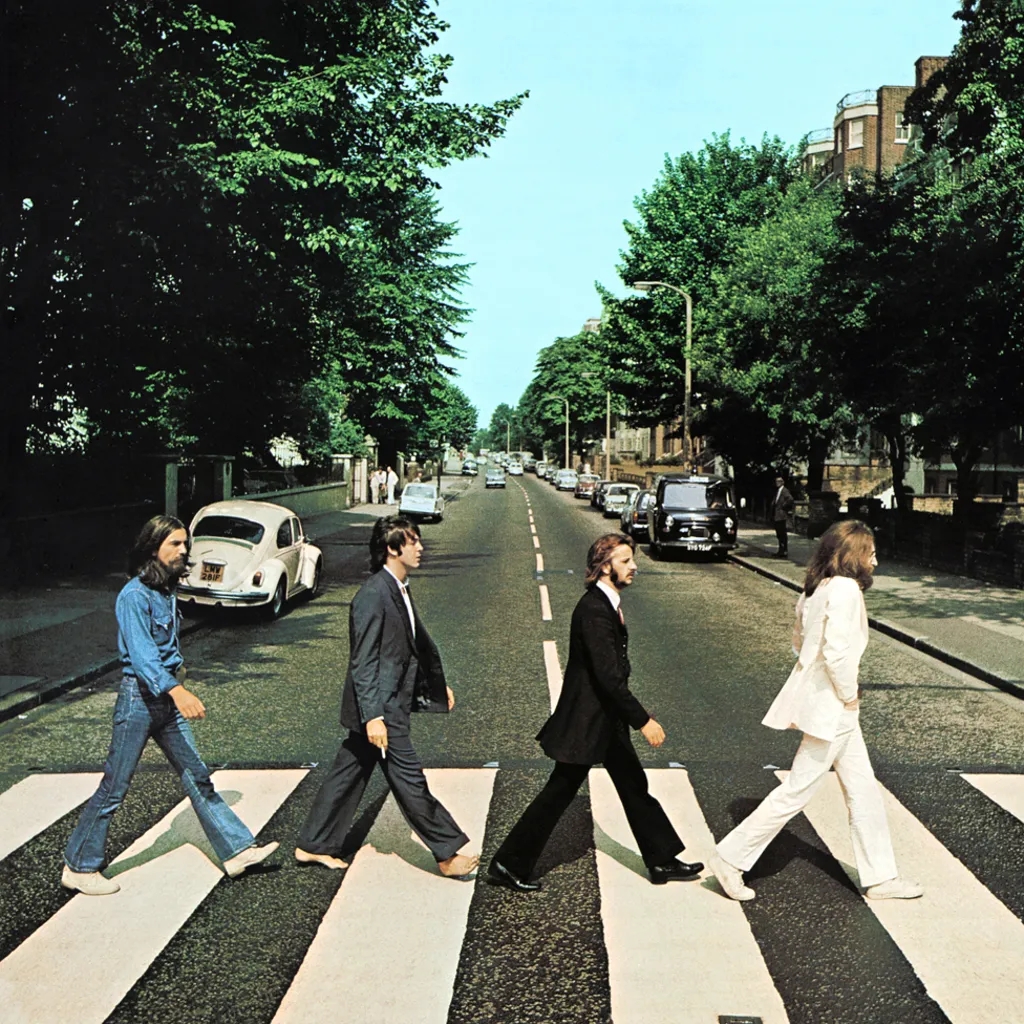Queen Elizabeth II and Catherine, the Duchess of Cambridge, took a preview tour of Buckingham Palace’s royal wedding exhibit on Friday.

Catherine, Duchess of Cambridge, and her grandmother-in-law, Queen Elizabeth II of Great Britain, are on their way to view Buckingham Palace's royal wedding exhibit, July 22, 2011. Uncharacterically, the Queen is not carrying her trusty handbag.
The Royal Collection show, called “The Royal Wedding Dress: A Story of Great British Design,” opened to the public today. It brings together the Duchess of Cambridge’s Alexander McQueen white and ivory Irish lace wedding dress, shoes, tiara, earrings, and a replica bouquet for the public to view up close.

Among the items displayed at the Queen's London residence include the Cartier Halo tiara, worn by Kate Middleton on her wedding day. The understated headpiece was made in 1936 and purchased by the Duke of York (later King George VI) for his wife, Elizabeth's mother (also Elizabeth). Queen Elizabeth received it as an 18th-birthday present, at which time she was Princess Elizabeth. The delicate diamond tiara was lent to Kate by the Queen.
The Palace expects over 500,000 people to buy tickets to the ten-week exhibit. Both at home and abroad, Prince William and Kate are wildly popular, as evidenced by the overwhelmingly warm reception they received earlier this summer on their 2011 Royal Tour of Canada with a detour to Hollywood.
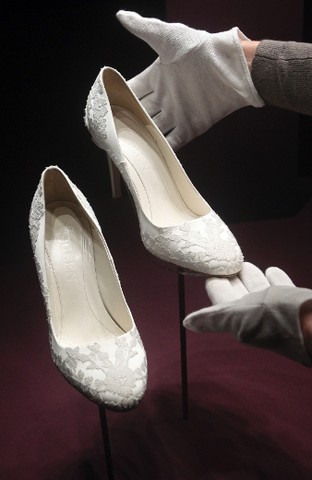
Kate Middleton's bridal shoes will be on display at Buckingham Palace this summer. Custom made by Alexander McQueen's Sarah Burton to match her wedding dress, Kate's elegant pumps are made of ivory duchesse satin with lace hand-embroidered by the Royal School of Needlework.
Kate and William’s wedding cake was a fruit cake designed by Fiona Cairns. It was covered in cream and white icing, decorated with over 900 sugar paste flowers and elaborate scrollwork. Fiona Cairns’ cakes are in huge demand; Sir Paul McCartney orders one every Christmas.

Kate designed her wedding cake to match its surroundings. She took into account that her wedding reception was to be held in the Picture Gallery in Buckingham Palace. The room has high ceilings so she chose a cake that towered but was not too tall or thin. She wanted something with presence. Architectural elements in the room, for instance, garlands on the walls, were reproduced loosely on the fourth tier piping: roses, acorns, ivy leaves, apple blossom and bridal roses. The cakemaker would not reveal her exact recipe but did disclose that she used a range of produce from dried fruits such as raisins and sultanas to walnuts, cherries, grated oranges and lemon, French brandy and free-range eggs and flour to create her historic confection.
Of course, the centerpiece of the exhibit was Kate’s wedding dress and veil. An ongoing tradition, viewing royal wedding gowns has wide public appeal. For instance, Princess Diana‘s 1981 Elizabeth Emanuel wedding gown continues to be viewed and is currently part of a travelling exhibition.
Upon viewing the installation of Kate’s wedding dress and veil, the Queen was heard to exclaim,
“Horrid, isn’t it? Horrid and dreadful!”
The ivory and white Alexander McQueen gown is displayed in a dark and gloomy fashion with the veil and tiara hovering eerily above.
It appeared the mannequin’s lack of a head may have upset the Queen.
Source: HuffStyle
Readers: For more on Lisa’s History Room about the British Royal Family, click here.


